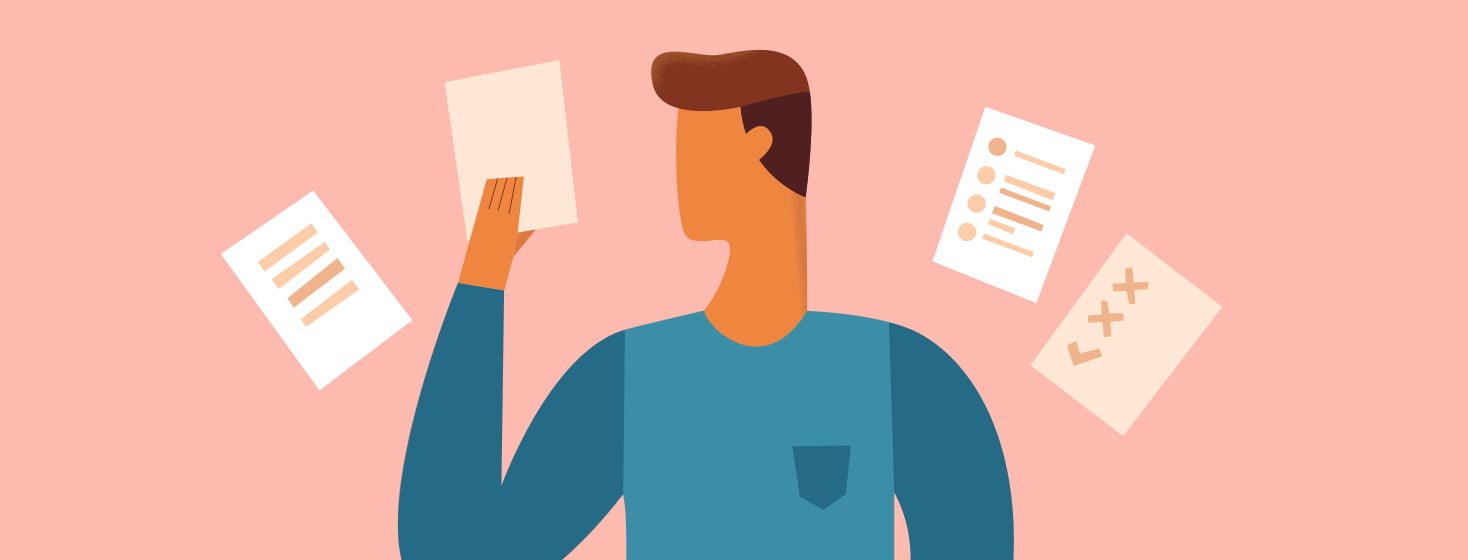Five Changes I’ve Made Since CIU Diagnosis
When my hives first started appearing in 2021, I was in panic mode. Your mind starts racing, wondering where these could have come from and how to prevent them from staying. You start taking a hard look at your health and wondering what you could have done differently. The fact is that chronic hives don’t have to have a reason to visit. And it doesn’t have a reason to stay. But, you can manage your symptoms.
Fast forward a year and a half later, and my life looks very different. I have learned to manage the hives and keep major flares at bay with some simple lifestyle changes that help me. The list below shares the top five changes I made to handle my diagnosis.
Low-stress lifestyle
I started eliminating the things that I found I could control that was stressing me out. This is really hard to do because a lot of our things are not in our control. But, choices like going out after a really long work week, or taking on more projects at work that don’t necessarily have to be done right away, were small changes I made for myself. Really evaluating what was causing me to worry and have anxiety has helped me tremendously from a huge flare-up.
Anti-inflammatory diet
This was a definite game changer for me. Seeing as I travel a lot for work, it seems like a lot of my diet was going to quick and easy dinners and not a lot of balanced meals. In an effort to lower my stress, I made meal plans and started researching foods that caused inflammation in my body. I won’t say I am a gold star eater of only those foods, but eliminating a majority of fried, battered, or junk foods from my diet has helped me not only feel better but keep my hives manageable.
Not everyone can do this easily, so take the time you need to ease into it. If gluten-free is your game, check out stores that carry easy gluten-free options that won’t break the bank and keep your gut happy.
Low-impact exercise
Exercise is not my favorite. Ugh, there I said it. But I have found walking to be a good way to clear my mind mentally and make me feel better about movement. I take the dog, or I go by myself, find a nice playlist or podcast, and just go. It doesn’t have to be super intense. But it does change your mood and I feel like it helps me get fresh air. In turn, my hives seem to be calmer when I get a movement that isn’t high-intensity.
Quality skin and hair products
One of the more common things that started happening when chronic hives started was the hair loss. I am not sure if they are related but I started to see a difference in the thickness of my hair and the bottom of my shower drain. I talked with professionals and with my doctors and they suggested that I look for a clean-sulfate-free shampoo and conditioner. One that didn’t have many extra chemicals in it. Since that time, my hair and scalp have been happy.
I also use skin products during hive flares that help maintain itchiness and dryness. Some of the brands I like include Cerave Anti-Itch, Vaseline Eczema Calming Therapy Cream, and Eucerin. All three are medicated to help delay itch and moisturize without feeling greasy or like you’ve doused yourself in sunblock. I started with trial sizes to find which one worked best and then went from there.
Sun exposure
Finally, the last change I made was probably my hardest. Even though I am very pale in nature, I love the sun. I need it for a multitude of reasons, especially for mental health. But, I found that more sun exposure, especially in heat seemed to dry out my skin and hives would appear.
I started wearing sunblock (lightly) to help and kept my exposure at a minimum and it has worked a bit. But, you won’t catch me laying for hours by the pool during a flare-up anymore. As much as I’d love to be tan, my skin health is more important.
While I am no expert, and I am still trying to find out what helps and hurts my hives, it’s nice to see that these small efforts have made a difference. I hope they can help someone else in the CH community as well!

Join the conversation